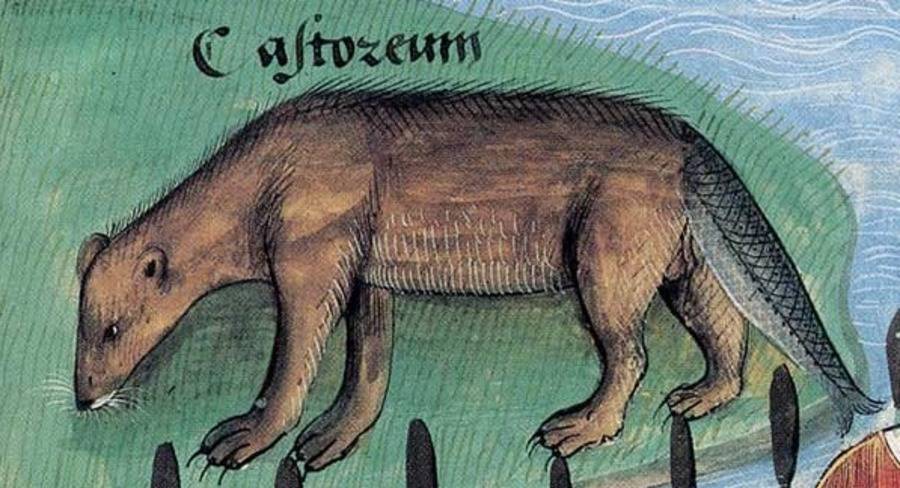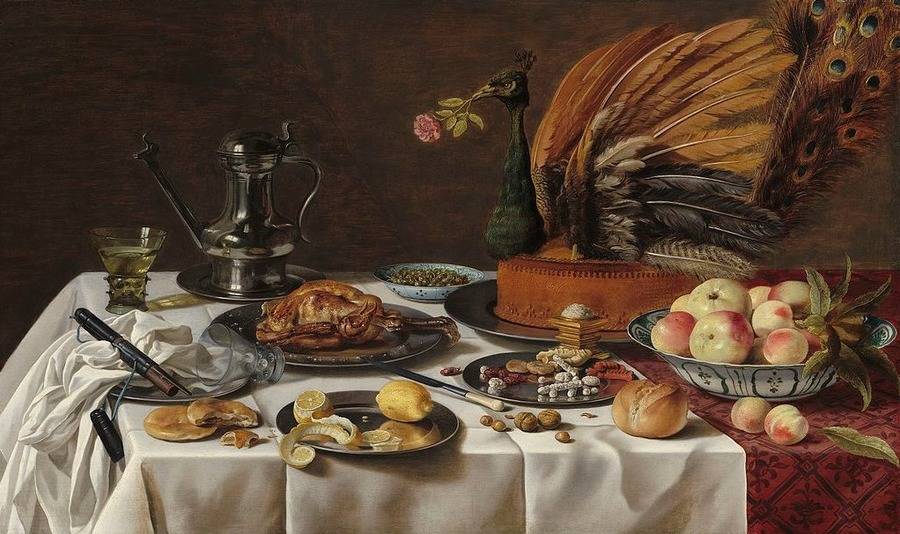

But what is ambergris? Formed in the intestinal tracts of sperm whales over many years, ambergris is a greyish-brown, waxy substance that some scientists believe is produced by the whales to help ease the passage of objects they have eaten that they can’t digest before being expelled the same way whales expel faecal waste. England’s King Charles II’s favourite dish was a mixture of eggs and ambergris, and it has been used to flavour everything from cigarettes, Turkish coffee and even hot chocolate. Read more about: Medieval History Get your cloak, you’ve pulled! Top 10 medieval dating tipsĪmbergris has been used as an ingredient in food and drink for hundreds of years. A shame, as people would probably never tire of walking into a Costa and asking for a coffee and an openarse tart. Openarses fell by the wayside like so many native English apples and are now one of many thousands of heritage varieties grown in small quantities. The openarse remained a popular cooking apple well into the 17th Century. Gradually the name fell out of use in favour of ‘medlar’, the much less fun French name. The calyces – those little tightly packed puckered bits at the bottom of an apple – are very large and spread apart on an openarse, giving the underside of the apple a distinctly anus-like appearance. Looking like a slightly more withered russet apple when viewed from the side, the apple got its rather vulgar nickname from the appearance of its underside. The rudest entry on this list by a country mile, openarses were a commonly consumed variety of apple in the Middle Ages. Read more about: Ancient History What were the true motives of the Spartans at Thermopylae? The one ingredient that fell by the wayside was the tansy herb and tansies themselves all but disappeared by the early 20th Century. Eventually, lots more ingredients were added to tansies such as parsley, feverfew, almonds, breadcrumbs, nutmeg and lashes of cream and butter. The result was a large eggy herby pancake that was particularly favoured during Lent and the Easter feast that brings Lent to a close. The herb was mixed in with a batter mix and baked in the oven. This yellow flowered herb had long been used in traditional medicine where it was seen as of particular use in treating kidney problems, despite the fact it later transpired that the tansy is slightly poisonous. Tansies took their name from the tanacetum vulgare herb that grew across the country in great abundance. The tansy was a sweet and savoury dish that was somewhere between a pancake and an omelette. The English came up with a solution to this tiresome diet – the tansy.

Read more about: Ancient History 5 Things the Romans gave usīack in Medieval times, Lent was a miserable affair where Christians ate stuff like lentils and dried fish for a month.


Nowadays, isinglass is used in the brewing industry to speed up the sedimentation process, which might come as a bit of a shock to all those vegans and vegetarians out there who might have been blissfully aware they’ve been supping away at pints of delicious fish bladder ale for years. How someone looked at glue and thought, 'We could make jam out of this' is a mystery, but that’s exactly what happened and people merrily munched their way through gallons of fish bladder jam and confectionary until gelatin became a cheaper alternative. The gooey substance they squeezed out of the bladders of sturgeon fish was called ‘isinglass’, and it was a commonly used thickening agent back in the 19th Century, having first been used as one of the ingredients for making glue. Sounds lovely, doesn’t it? The Victorians certainly thought so. Here we look back on ten of the weirdest foodstuffs from history and ask the question: What on earth were they thinking? Fish Bladder Jam From roasted dormice to what might as well be whale excrement for all intents and purposes, what our ancestors used to enthusiastically gobble up has to be seen to be believed. Hartley in his 1953 novel, The Go-Between, and it’s especially true of the food people used to eat. 'The past is a foreign country they do things differently there.'


 0 kommentar(er)
0 kommentar(er)
